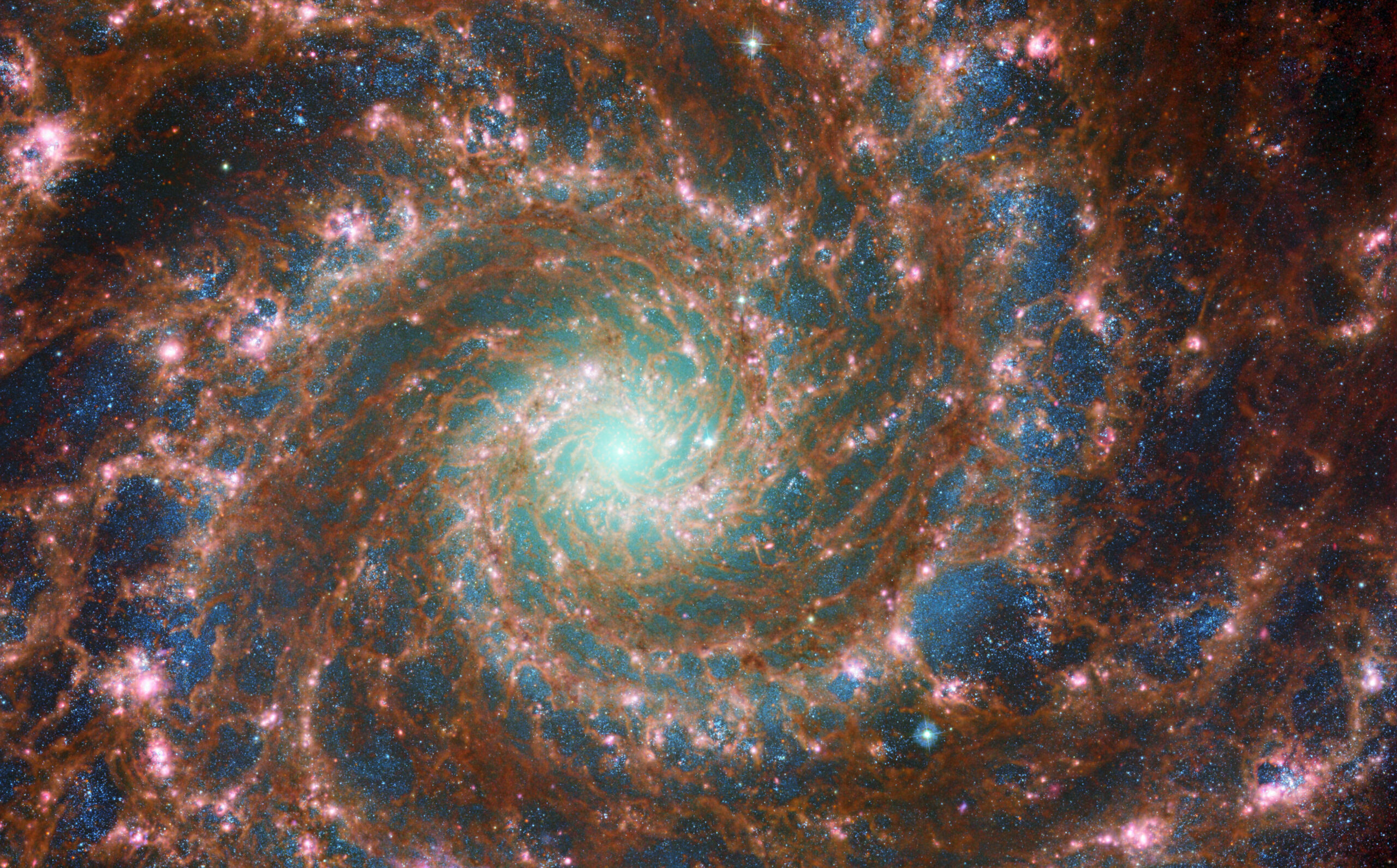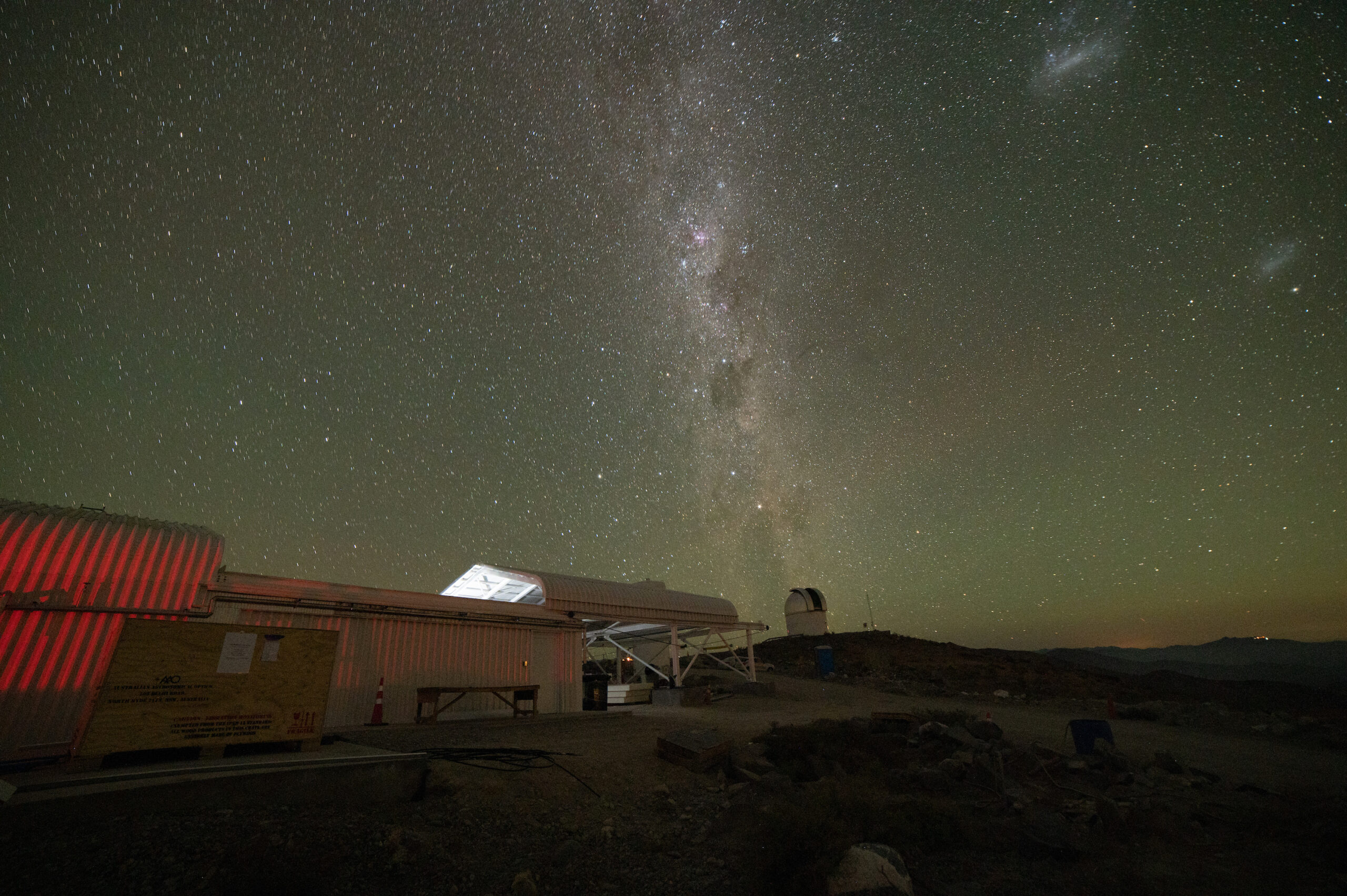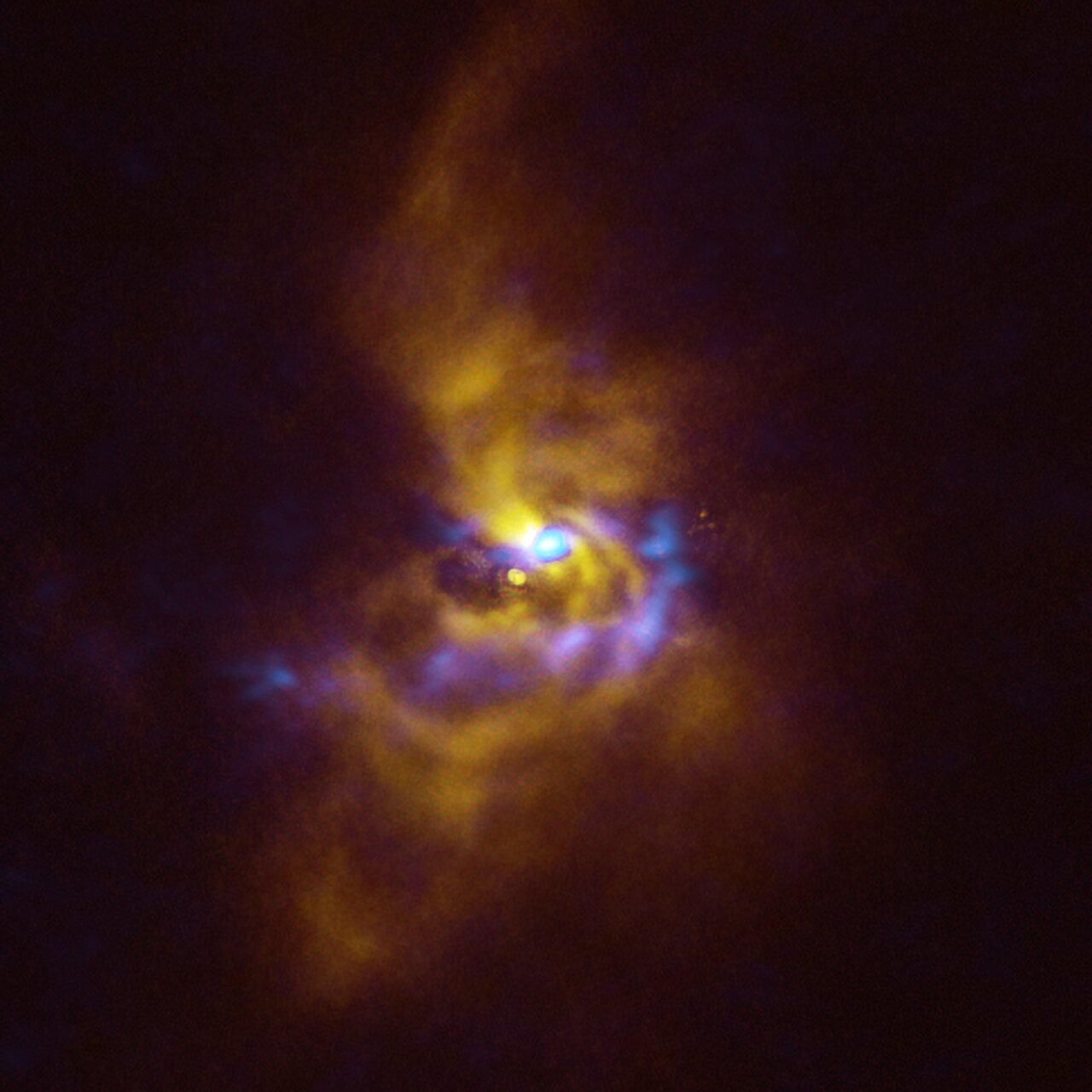
Chilean women in Science
Dr. Paula Jofre from the Astronomy Nucleus explains the Chilean Academy of Sciences about her new idea of using evolutionary trees to reconstruct the history of the Galaxy using chemical abundances of stars as DNA.

About a year ago, Dr. Jofre and her colleagues from King’s College Cambridge and the University of Oxford published a revolutionary idea of using evolutionary trees to reconstruct the history of the solar neighborhood.
The abundances of 17 different chemical elements in solar twins were attributed as to the stellar DNA and were ingested in tools of evolutionary studies to build the first phylogenetic tree of stars in the Milky Way. A year later, Jofre and her colleagues exploit this new territory to give new insights in the formation and evolution of our Galaxy.
Erica Soto and Alejandro Toro use this story to participate with this video competition organised by the Chilean Academy of Sciences, Cedenna and CMM. The wining video is meant to inspire girls and promote women in science.
See also:
Jofré et al, 2017, “Cosmic phylogeny: reconstructing the chemical history of the solar neighbourhood with an evolutionary tree“, Published in Monthly Notices of the Royal Astronomical Society









